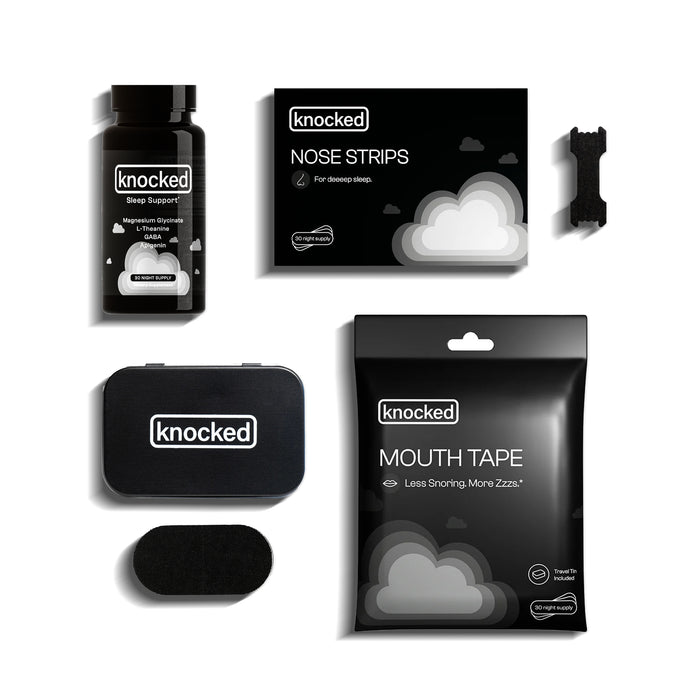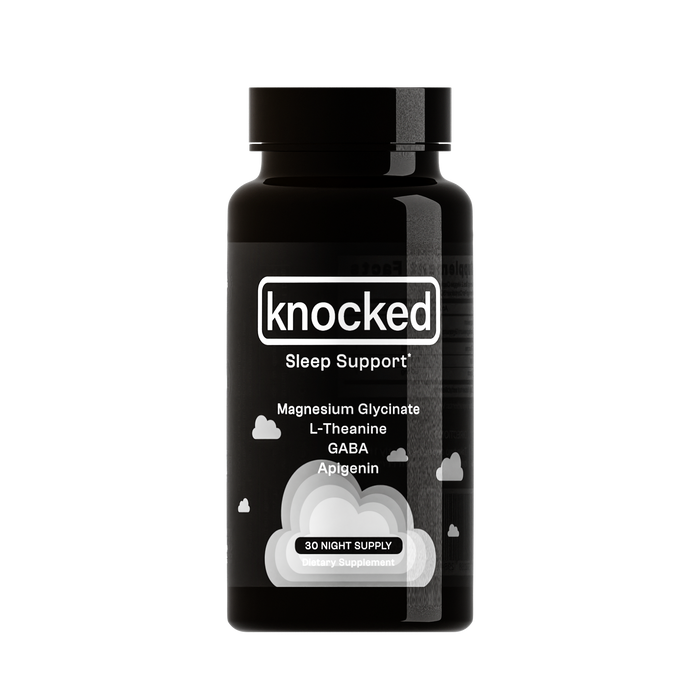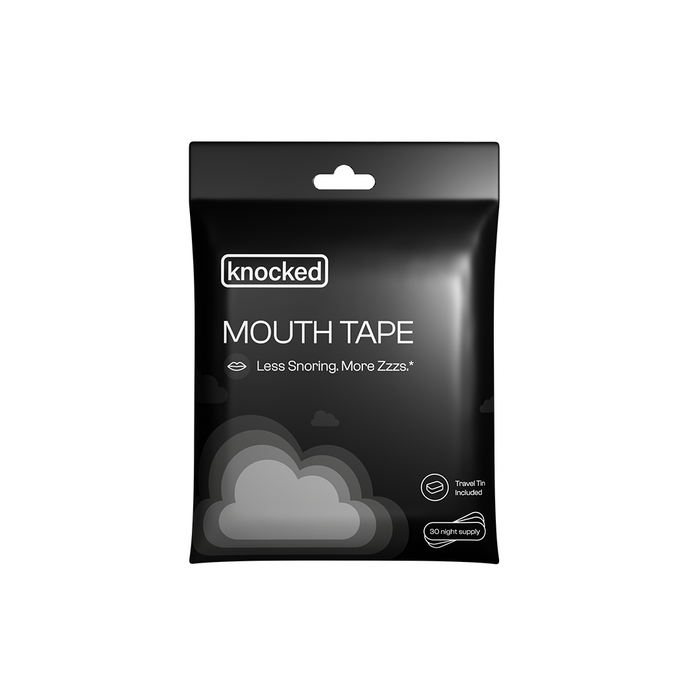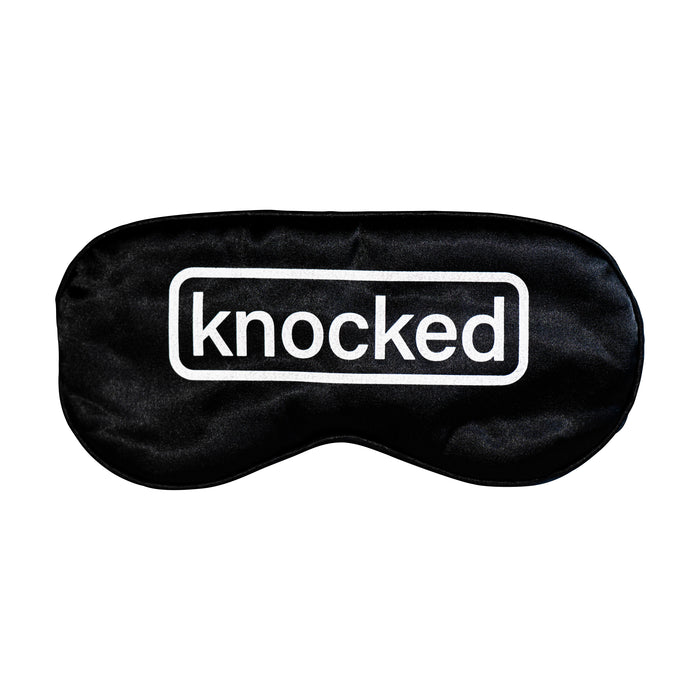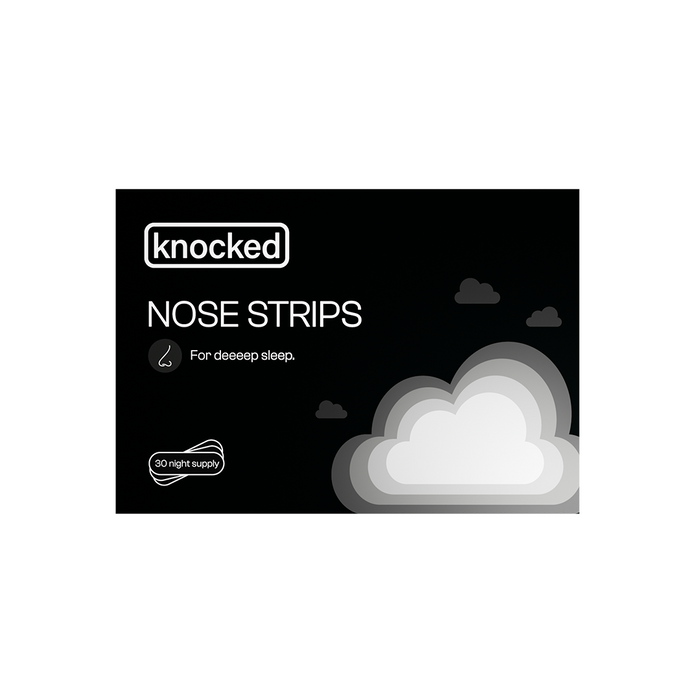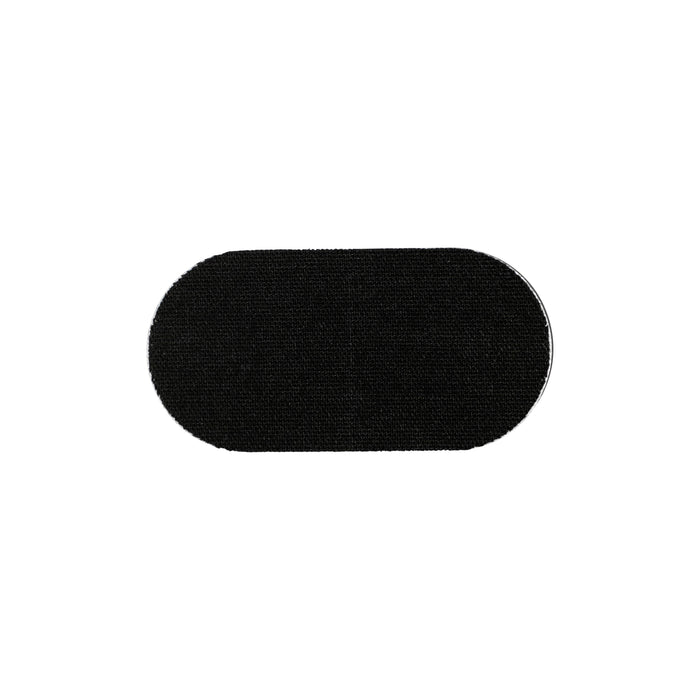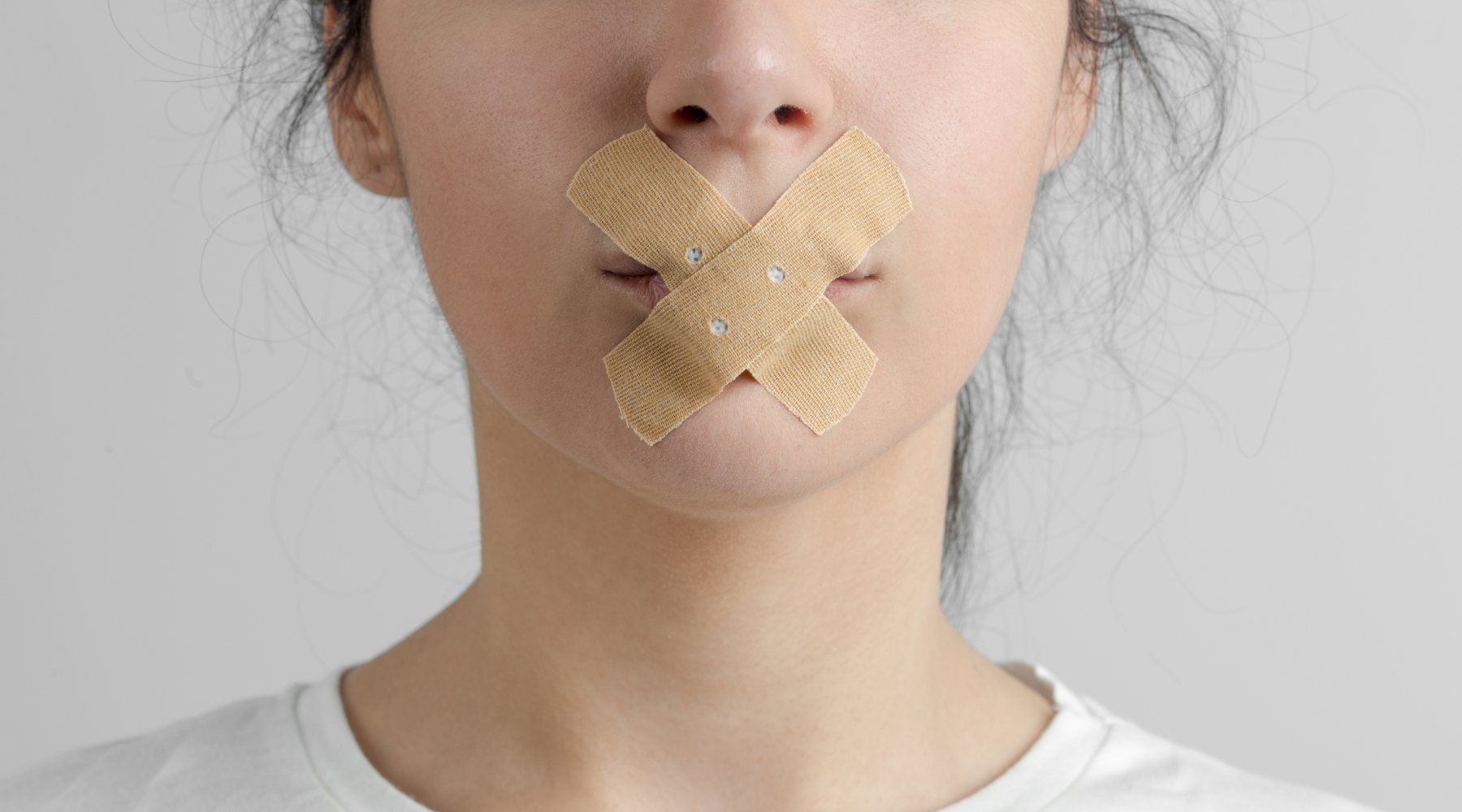

Addressing Common Myths and Misconceptions About Mouth Taping
Mouth taping has gained attention as a natural sleep aid and a technique to promote nasal breathing during sleep. However, there are several myths and misconceptions surrounding this practice, which may deter people from trying it. This article aims to address common myths and misconceptions about mouth taping and provide evidence-based information to help you make an informed decision.
Myth 1: Mouth taping is dangerous and can cause suffocation
Fact: Mouth taping is generally considered safe when done correctly with the right tape. The hypoallergenic tape used for mouth taping is designed to come off easily if needed, allowing the user to breathe through their mouth in case of nasal blockage or any other difficulty. It's important to use the correct tape and not use household or duct tape, as these types of tape can be too strong and potentially cause harm.
Myth 2: Mouth taping is only for people with sleep apnea or snoring issues
Fact: While mouth taping can help alleviate snoring and sleep apnea symptoms, it's not limited to individuals with these conditions. Mouth taping can be beneficial for anyone looking to improve their sleep quality by promoting nasal breathing. Nasal breathing has been linked to better oxygenation, relaxation, and overall sleep quality12.
Myth 3: Mouth taping is uncomfortable and can cause skin irritation
Fact: The tape used for mouth taping is specifically designed to be gentle on the skin and comfortable to wear. It's hypoallergenic and should not cause irritation for most users. However, individuals with sensitive skin or allergies should test a small area of the tape on their skin before using it overnight.
Myth 4: Mouth taping is a temporary solution and won't lead to long-term improvements
Fact: While mouth taping may not solve the root cause of mouth breathing, it can help train the body to breathe through the nose during sleep. With consistent use, many users have reported long-term improvements in their sleep quality and a reduced reliance on mouth taping3.
Mouth taping is a simple and natural technique that can help promote better sleep by encouraging nasal breathing. By addressing common myths and misconceptions about mouth taping, we hope to provide accurate information and encourage more people to explore this practice as a potential solution for sleep issues. As always, consult with a healthcare professional before trying any new sleep aids, especially if you have existing health conditions or concerns.
Sources:
-
O'Connor, C., Thornley, K. S., & Hanly, P. J. (2000). Gender Differences in the Polysomnographic Features of Obstructive Sleep Apnea. American Journal of Respiratory and Critical Care Medicine, 161(5), 1465–1472. https://doi.org/10.1164/ajrccm.161.5.9904121 ↩
-
Hultcrantz, E., & Löfstrand-Tideström, B. (2009). The development of sleep disordered breathing from 4 to 12 years and dental arch morphology. International Journal of Pediatric Otorhinolaryngology, 73(9), 1234–1241. https://doi.org/10.1016/j.ijporl.2009.05.008 ↩
-
Nestor, J. (2020). Breath: The New Science of a Lost Art. Riverhead Books. ↩
